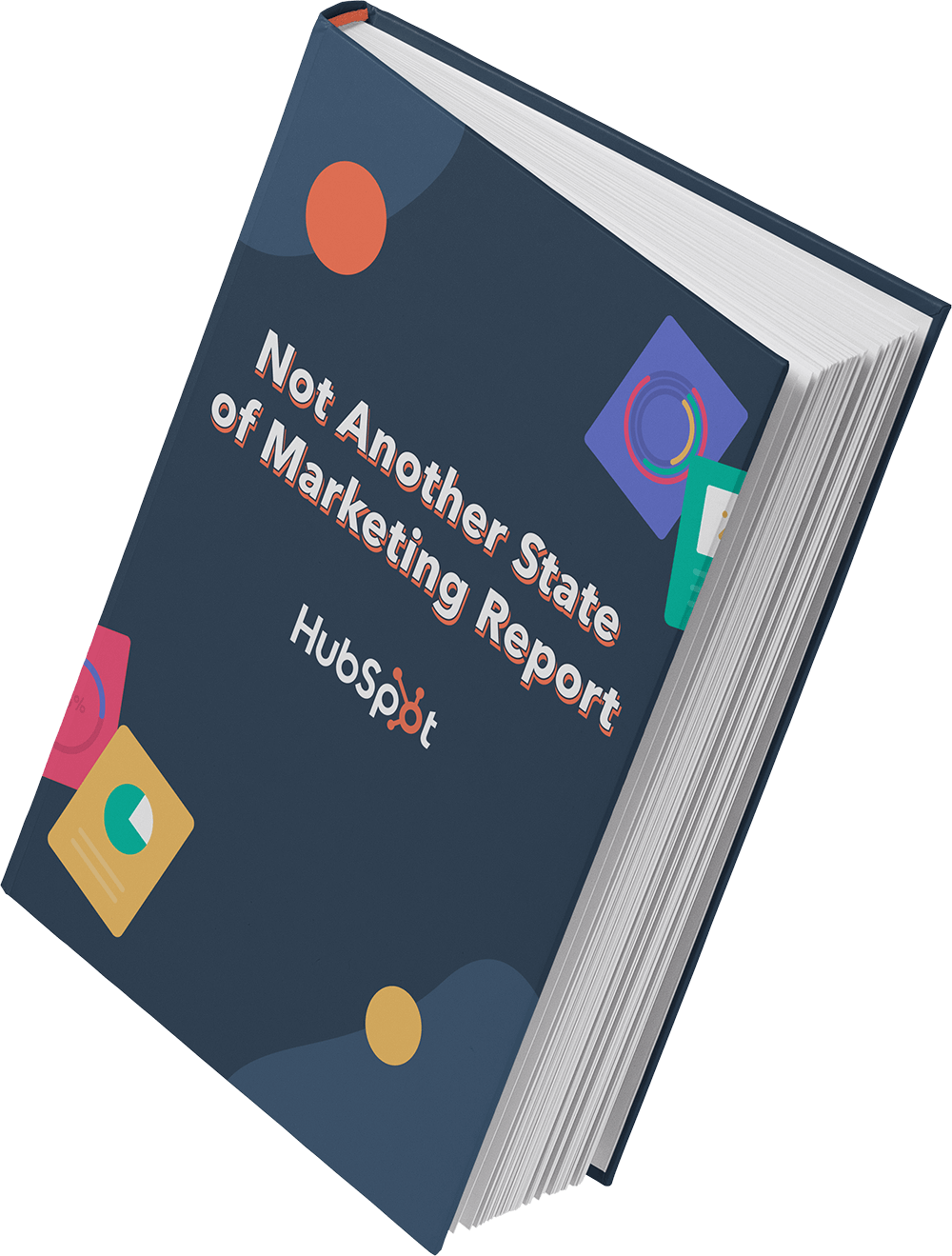Conversational Marketing Strategy in 2020
HubSpot's Marwa Greaves guides you through the complicated world of live chat, bots, and conversational marketing.
HubSpot's Marwa Greaves guides you through the complicated world of live chat, bots, and conversational marketing.
Marwa Greaves
Director of Global Messaging


How frequently do you visit websites that offer you the opportunity to interact with a bot?
I’m guessing your answer is “pretty frequently” because, according to our recent State of Marketing Report, more than 45% of businesses today have implemented bots as part of their marketing efforts.
Today, consumers have choices when it comes to the ways they communicate with businesses — live chat and bots are a new channel to get the support and answers they need, on their time. Rather than having to pick up a phone, send an email, or submit a form, consumers can engage with businesses through messaging channels that feel most natural to them.
Conversational marketing is still relatively new, and we’re all still learning what it means for businesses and our customers. It’s not black and white, and there’s no “source of truth” for the right way to approach it.
For that reason, there are a few things I recommend you keep in mind while navigating your strategy in 2020.
I’ll dive deeper into these three points — among others — to help you get the most out of your 2020 conversational marketing strategy. For those of you who already invest in live chat and chatbots, let’s first take a look at what you should
keep doing in 2020.
This year, continue experimenting heavily with the placement, welcome messages and experience of your bots. To begin your experimentation, start by implementing a bot on your web pages with the highest purchase intent (like a pricing page) or the greatest amount of traffic (like your homepage) to ensure that you have enough engagement volume to reach significance and make a confident decision on a wider roll-out.
In addition to your business website, consider running experiments on different channels where your customers are engaging, including Facebook Messenger or WhatsApp. Here at HubSpot, we are experimenting with a WhatsApp messaging experience to reach our global audience and allow them to connect with our sales team through a one-to-one experience.
Conversational Marketing is helping companies bridge the gap from the physical to the digital world and create personal relationships at scale. As more brick and mortar retailers move their business online, Chat, SMS and even bots are empowering marketers to deliver a curated experience that people thought could only exist via face to face engagement.
Once we decided on communicating with our audience through bots on HubSpot.com and WhatsApp, our messaging team created an experimentation plan for each messaging channel. The experimentation plan includes various tests that focus on either increasing conversions, or engagement. On our home page, we began with testing our bot’s welcome message.
A bot’s welcome message is similar to an email subject line — it’s what entices someone to engage with your company through chat and is critical to the success of your experiments.
For your experimentation plan, try using different phrases and messages to see what gives you the highest number of quality interactions (engagements that lead to conversions) with customers — similar to A/B testing an email subject line. We did this at HubSpot with our bot’s homepage welcome message. We learned our customers engaged more frequently with the bot when it asked, “Can you tell me what you’re looking for?” vs. “How can I help you?”.
One of the critical components of your conversational marketing strategy is your partnerships with other departments including sales and support. For instance, say your marketing team wants to experiment with a bot that guides new leads directly to chat with a sales rep in their respective regions. You’d need to make sure your sales team can handle the influx of communication before you begin testing it on your website. At HubSpot, I stay in lockstep with our front-line sales team leader who would face the brunt of the incoming messages so that both teams are working together to measure the supply and demand of those chats.
Here’s how we think about resourcing for that engagement based on a couple of on-site experiences.
Once you feel comfortable with the base performance of your chat channels you can begin to improve the chat experience by focusing on personalization.
Personalization can add an engaging and professional feel to the interactions your customers have with your bots (and, therefore, your brand). To achieve this, tailor your bot’s function and messaging to complement the purpose of the page and/ or the platform it lives on.
For example, a bot interacting with a user on WhatsApp should sound different and feel different than a bot on your homepage. On WhatsApp, this is a more personal conversation - it’s generally person to person, whereas a conversation on your homepage is between you (the business) and a person.
The bot’s messaging, tone, and appearance should also complement your branding to stay consistent. If someone clicks through your email newsletter, for example, and ends up on a page with a bot, your welcome message should align with the content of that email. This will allow for a streamlined and straightforward experience for users.
Here's an example of our HubBot sending someone some self-serve resources.
.gif)
One bot will never perform like the all-knowing Alexa. At least, not in 2020.
A bot needs to specialize in a specific task for it to be valuable to customers. You also need to determine whether or not a bot is really the best solution for the task or problem you’re trying to solve. Sometimes, more traditional channels of communication are still the best solution. So, this year, forget about creating bots that try to solve multiple problems at once.
If you take one thing from this article, please don’t add a single, multi-purpose bot on every page of your site.
Instead, create bots for individual (or very closely related) tasks so they can effectively resolve specific issues. Having multiple, specialized bots that complement the location in which they’re situated on your site — or the platform they’re located on — will help you increase their impact and effectiveness for users.
For example, the bot experience on your pricing page should look different than the bot on your homepage based on which type of user would be on those pages, and what they are trying to accomplish.
Focusing your bots on solving individual problems also makes the quality checking process easier. You can look at each bot in isolation to make tweaks and figure out what is working, and what isn’t.
Here a few locations on your website we see value from the placement of a bot with tailored messaging:
Whew, I just gave you a lot of information about the ways you can get the most out of your 2020 conversational marketing strategy. So, how about a few tools to help you along the way? Here are some of my favorites:
Although they’re still considered to be newer tactics in the world of marketing, live chat, messaging and chatbots are here to stay. In fact, I predict several new conversational marketing programs for regions outside of the U.S. will be launching in 2020 and will help HubSpot grow our business in a big way.
As more companies continue to implement various types of conversational marketing on their websites and social platforms as well as throughout their content, customers will expect bots to be highly valuable and efficient. So, keep these key takeaways in mind as you develop your conversational marketing strategy to grow better in 2020. Dive deeper into HubSpot's survey data by clicking the download button on the banner below.
Editor's note: This article was researched in December 2019 and January 2020, and was originally published in early February 2020. A lot has changed in the world since then, so keep that in mind as your process these trends and data.
By Marwa Greaves
Director of Global Messaging

HubSpot's Marwa Greaves guides you through the complicated world of live chat, bots, and conversational marketing. She only has one ask: please don't place a single bot across your entire website. Read the insights and download the data.
 New Free Report Reveals Marketing Trends
New Free Report Reveals Marketing Trends

